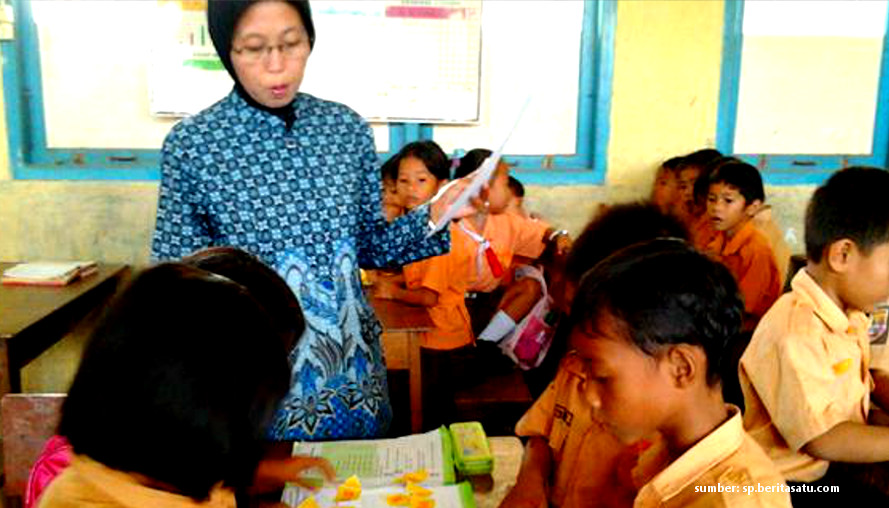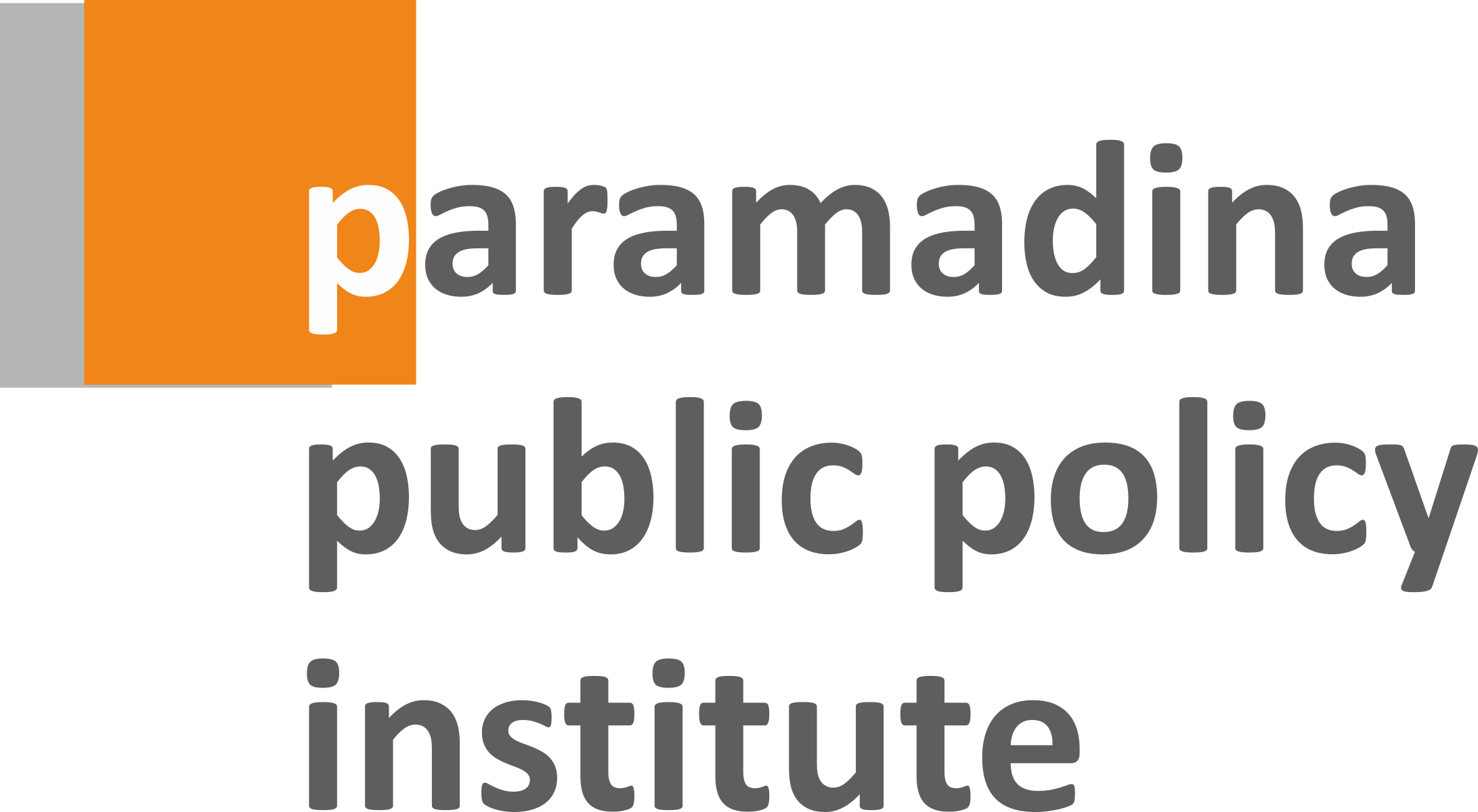
Totok A Soefijanto
Teaching is no ordinary job. It is considered an honorable profession by many cultures in the world, including Indonesia. Guru, as we call them in Javanese, comes from “digugu lan ditiru”, which means “to be listened to and to be patronized”.
Yet teachers’ conduct is still hidden from public scrutiny, despite its high stature in society.
We take it for granted: teachers will do what they have to do, properly and professionally.
They will respect ethical guidance, no violence, no abuse, no misconduct, no corruption and no problems.
These golden images have a positive impact on good teachers and those who want to become teachers. For bad teachers, this image is an immaculate camouflage.
Take this one simple question: are teachers coming to classrooms to teach and educate our children?
A recently published research entitled “Study on Teacher Absenteeism in Indonesia 2014” provides some interesting clues. This study was conducted by the ACDP (Analytical and Capacity Development Partnership), an initiative supported by the Culture and Elementary and Secondary Education Ministry, the Religious Affairs Ministry and the National Development Planning Board (Bappenas), and funded by the European Union, Australian Aid and the Asian Development Bank.
The result shows that teachers go to school, but do not necessarily go into the classroom. This study indicates that Indonesia has achieved significant progress over the past 10 years in reducing the absence of teachers from schools from 19 percent in a national sample of schools surveyed in 2003 to 9.8 percent in the same schools in 2014.
Good progress, because the absence rate has dropped by almost 10 percent. This study employs a sample of 893 primary schools (SD) and junior high schools (SMP) across six regions — Sumatra, Java, Bali and Nusa Tenggara, Sulawesi, Kalimantan and Maluku and Papua.
The top performing regions for low absences rate are Java and Sumatra (under 10 percent), while SDs have lower absence rates than SMPs.
In school type and school status categories, absenteeism in general schools is lower than in Islamic schools or madrasah (9 percent versus 12.5 percent) and lower in state schools than in private schools (8.5 percent versus 12.8 percent).
Indonesia has a lot of work to do in teacher performance assessment following the findings. Schools outside Java and Sumatra need immediate improvement, as do private schools and madrasah.
The issue of teacher absenteeism is ironic; it is more commonly a vice associated with students. One must wonder, are there factors that reduce teacher absence?
The study finds that schools with no principal have a higher absence rate, while schools with effective school committees and good facilities, including reliable mobile phone signals and separated restrooms, have lower absence rates. Electricity also has a significant impact.
This is very timely, because Culture and Elementary and Secondary Education Minister Anies Baswedan has revealed that 17,520 schools have no electricity — nearly 8 percent of total schools in Indonesia. Electricity is important for teachers, who require it for lighting and for computers.
Teachers are the main actors of the learning process in classrooms. Ken Taylor (2013) says that despite the advancement of information technology, the best teaching and learning sessions remain face-to-face. This traditional mode of teaching is indispensable, if not unrivaled, by any technology.
With this in mind, government must make sure that teachers never to fail to show up to class. The problem seems to be that teachers are sometimes required to attend separate school functions, such as greeting high-ranking officials visiting the school or in-house training.
The absenteeism gets worse if we take election campaigns and other practical politics into account. This has to stop, because the absence rate in classrooms is higher than in schools: 12.5 percent versus 9.8 percent.
The evidence suggests that teacher absence from school is not linked to an overall shortage of teachers within the system. Rather, it is linked to how teachers are distributed within the system. Some teachers must teach in two or more schools to meet the 24 teaching hours per week requirement. Others struggle to meet the certification standards.
Paradoxically, the least experienced teachers were shown to be the least likely to be absent from class. On an optimistic note, it means that young teachers are more disciplined than senior ones. On a realistic note, it means that many senior teachers have become complacent.
We collectively care about teachers, but ironically we also tend to neglect their working conditions. We must interfere a lot with this profession because teachers need our help in improving their skills and facilities. Don’t let them feel helpless and hopeless. Think of things that we can do as a society to empower our teachers at all education levels.
Our chance to beat the regional competition in the ASEAN Economic Community next year is very much dependent upon teachers’ performance. Our children’s future is determined by teachers’ performance, which requires, sine qua non, their attendance in the classroom.
No technology can replace teachers. So let’s take a moment to sit back and contemplate not just the teaching profession, but education in general.
________________
The issue of teacher absenteeism is ironic; it is more commonly a vice associated with students.
________________
The writer is Totok Amin Soefijanto, senior researcher at the Paramadina Public Policy Institute and deputy rector for academic affairs, research and student affairs at Paramadina University in Jakarta.
